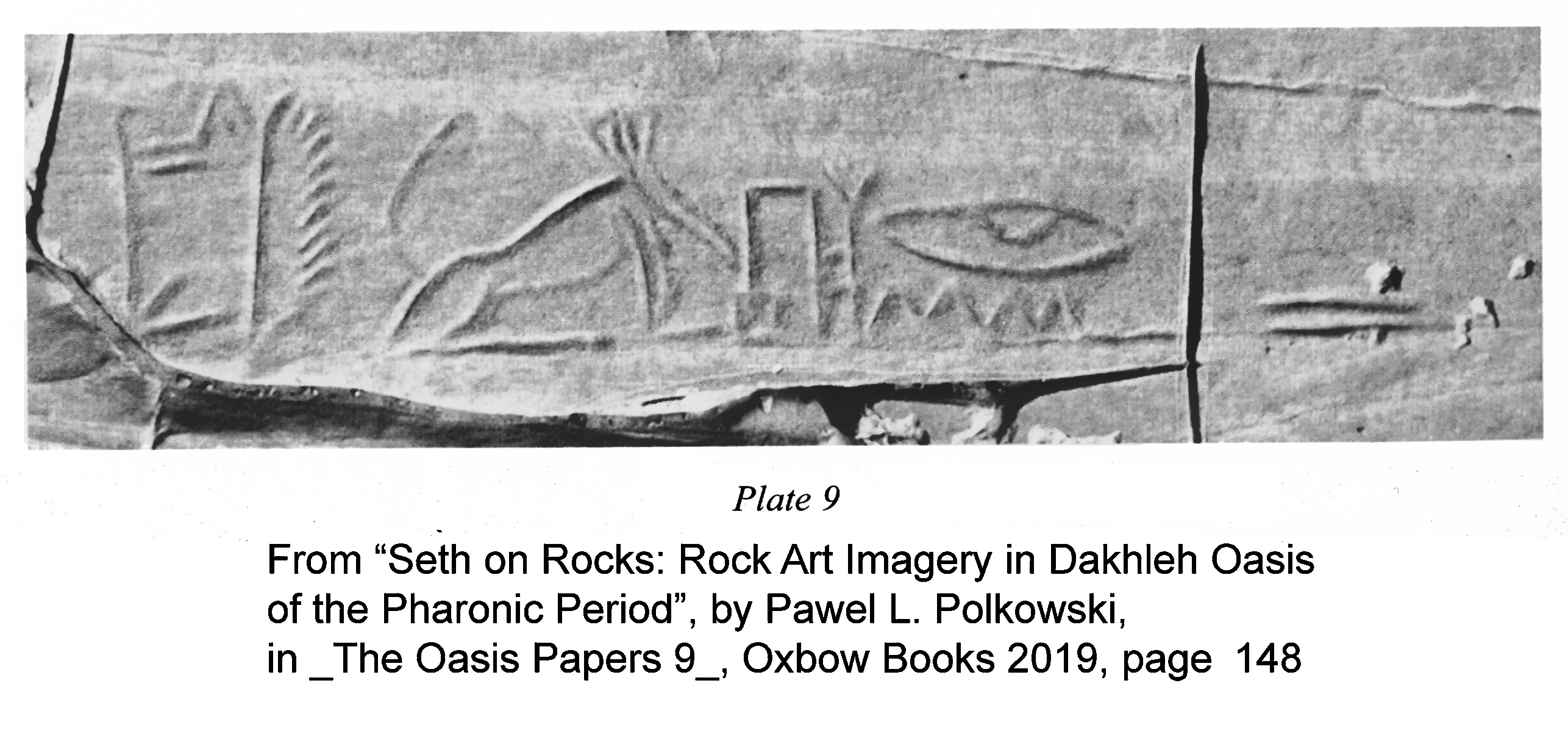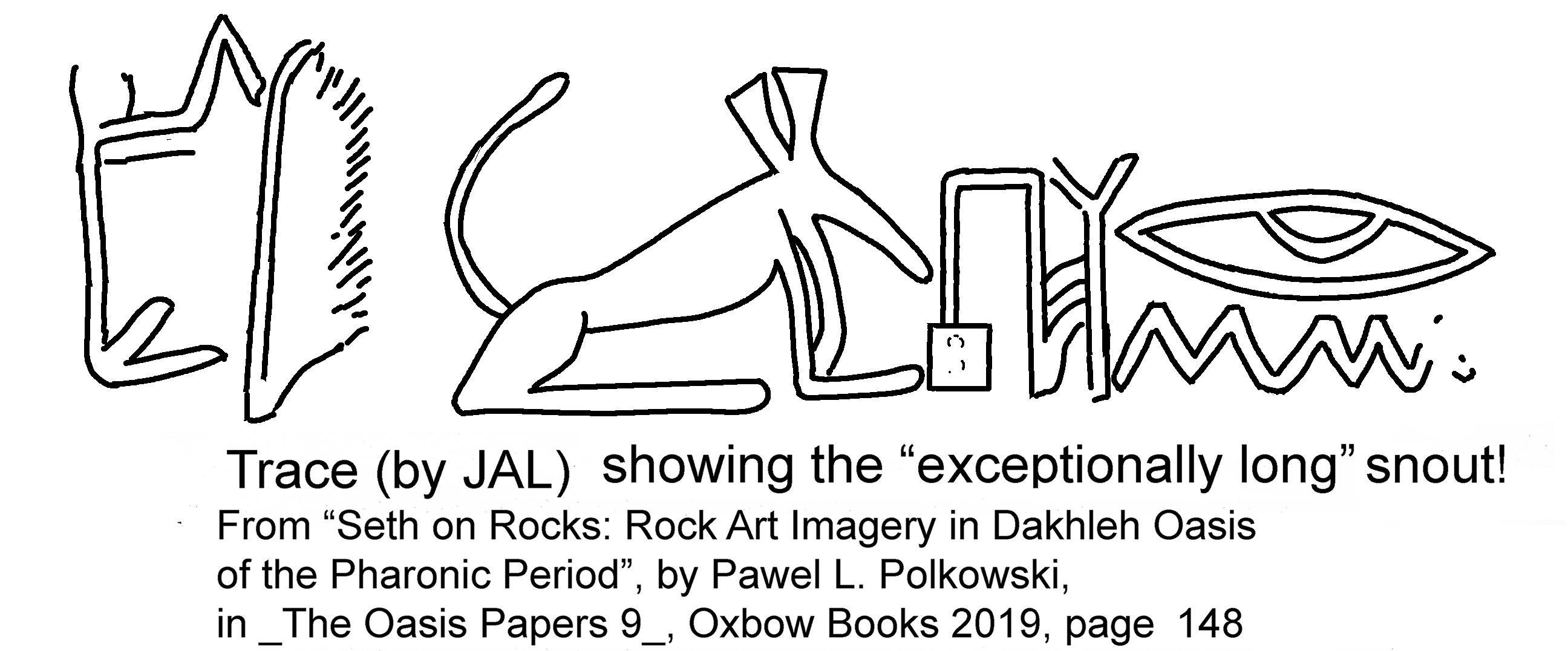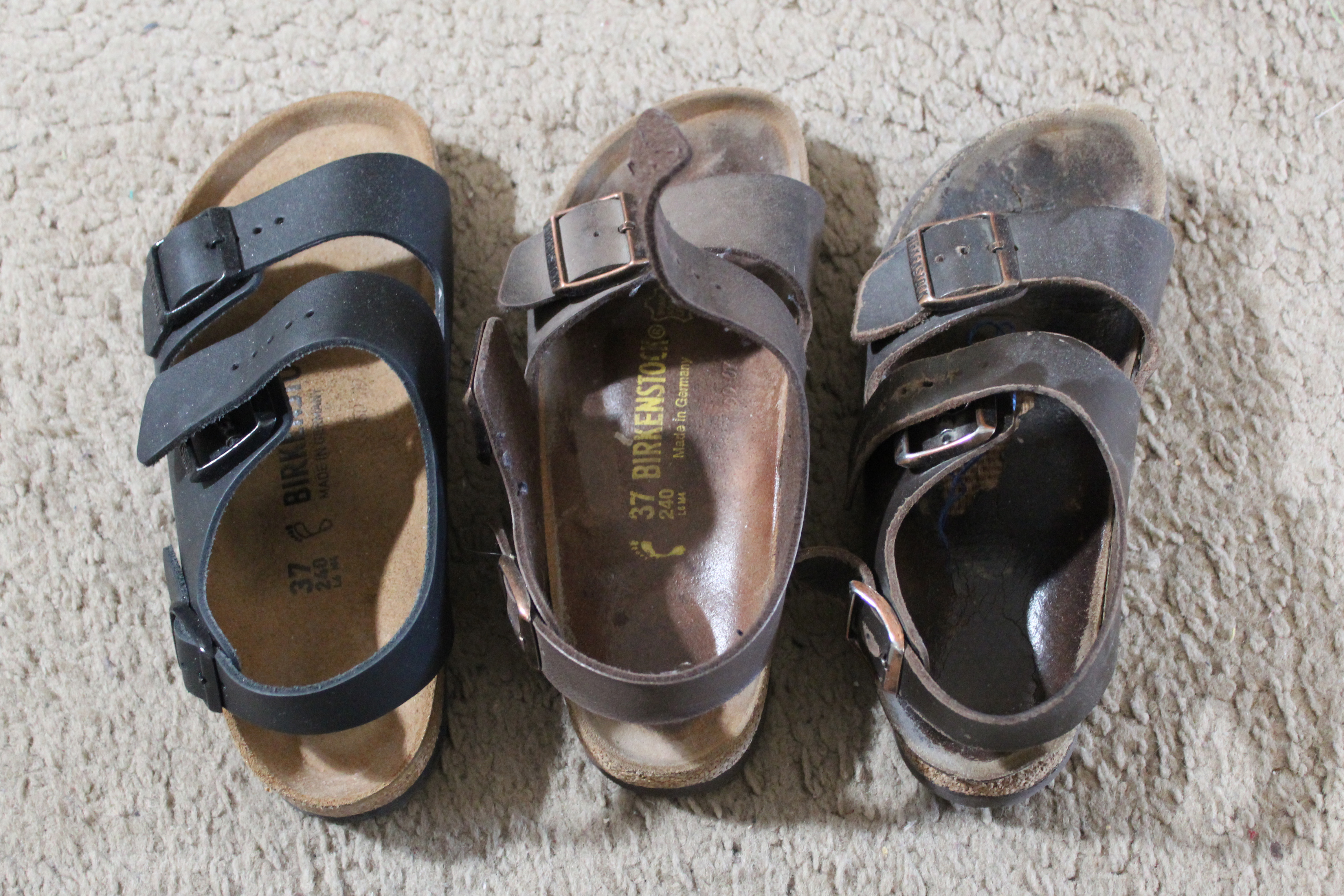
Wednesday, March 4, 2020
This and That: Things that have Amused Me
6:35pm
First off, I had a happy surprise in my mailbox recently. I have special reasons to be glad I renewed my suscription. From the March/April 2020 issue of Archaeology magazine, "Lord of the Oasis", author Benjamin Leonard explains, "In Egypt's Western Desert, worship of the mysterious god Seth thrived long after it waned elsewhere".
Recent "discoveries at Mut--an ancient city in the 770-square-mile expanse of the Dakhleh Oasis, one of five oases in Egypt's Western Desert" have "uncovered evidence for a ritual landscape over which Set presided as Lord of the Oasis. With the support of the state's central administration, as well as gifts bestowed by Egyptian pharaohs to ensure the temple's growth, the cult of Set thrived in Dakhleh and surrounding oases throughout the first millennium B.C. and into the Roman, though the second and third centuries A.D. At Mut and other cult centers and shrines across the desert, including his siblings, Osiris and Isis, and Amun, the king of the gods, not as an outsider, but as a significant and positive figure in his own right. 'There's some evidence for hostility to the cult in the Nile Valley, but clearly this did not extend into the oasis region, where Seth remained a dominant deity,' Hope says. 'The whole of the Western Desert was the domain of Seth and was under his protection." (page 34)
Pawel L. Polkowski shares several of these etchings on rocks in the Dakhleh Oasis. Most are rather clumsy. But one is rather memorable and even charming!
No. 7. (Plate 9)
"Seth Imagery:
The significance of the inscription is beyond the scope of this paper, but it has been mentioned here because of the Seth animal hieroglyph it incorporates. The creature is shown in a prone position, its tapering body gently curved and its canine shape is canonical iconography of Seth. Another such feature is the ears which are flat-topped, albeit drastically tapering; compare the New Kingdom Seth animal/sphinx now in the Hermitage Museum (no. 5810; Taylor 2016, 609 figure 3.6.242). The raised tail is curved, which is a rare feature but attested elsewhere in Dakhleh (nos. 3,5, 10a, 12k 16c, GS1-3 here); and Kharga (graffito no. 8a from Seth Rock; Lazaridis 2015, 331 figure 6). The tail may represent a club (Taylor 1016, 272). The figure is hieroglyphic in style, except for one attribute: the muzzle, which is exceptionally long and to the best of my knowledge is unparalled in the iconography of Seth." - Polkowski, page 149
(Printable excerpt and trace under this link)
From long snouts, we go to 'voting for tea':

The Oasis Papers 9: Proceedings of the Ninth International Dakhleh Oasis Project Conference, Oxbow books,
"Seth on Rocks: Rock Art Imagery in Dakhleh Oasis during the Pharonic Period", Pawel L. Polkowski, page 148
"Panel 7 contains a hieroglyphic inscription which has been executed by a skilled hand with all the signs carefully engraved. The text was written by a scribe named Seti. This name is attested during the Middle and New Kingdom periods (Ranke 1935, 321, 29); however, the determinative A52 employed in it was common in the latter period (Gardiner 1957, 447). The inscription reads as follows:"
"Made by the scribe Seti" (A52=seated noble with flail)
Also, other Kharga Oasis/Dakhleh Oasis finds under this link
My trace from a scan of the above photo, showing "exceptionally long" snout!

I got a new pair of Birkies recently. It amused me to line up the left shoes of all three pairs:

I finally got over the scared inertia and got into the clay. My poor little statue of Ptah has a bad case of the wobbles. He's beautiful in every other way, but....

The small 'brick' now has a pit in which the statue can sit.

The small 'brick' now has a pit in which the statue can sit.